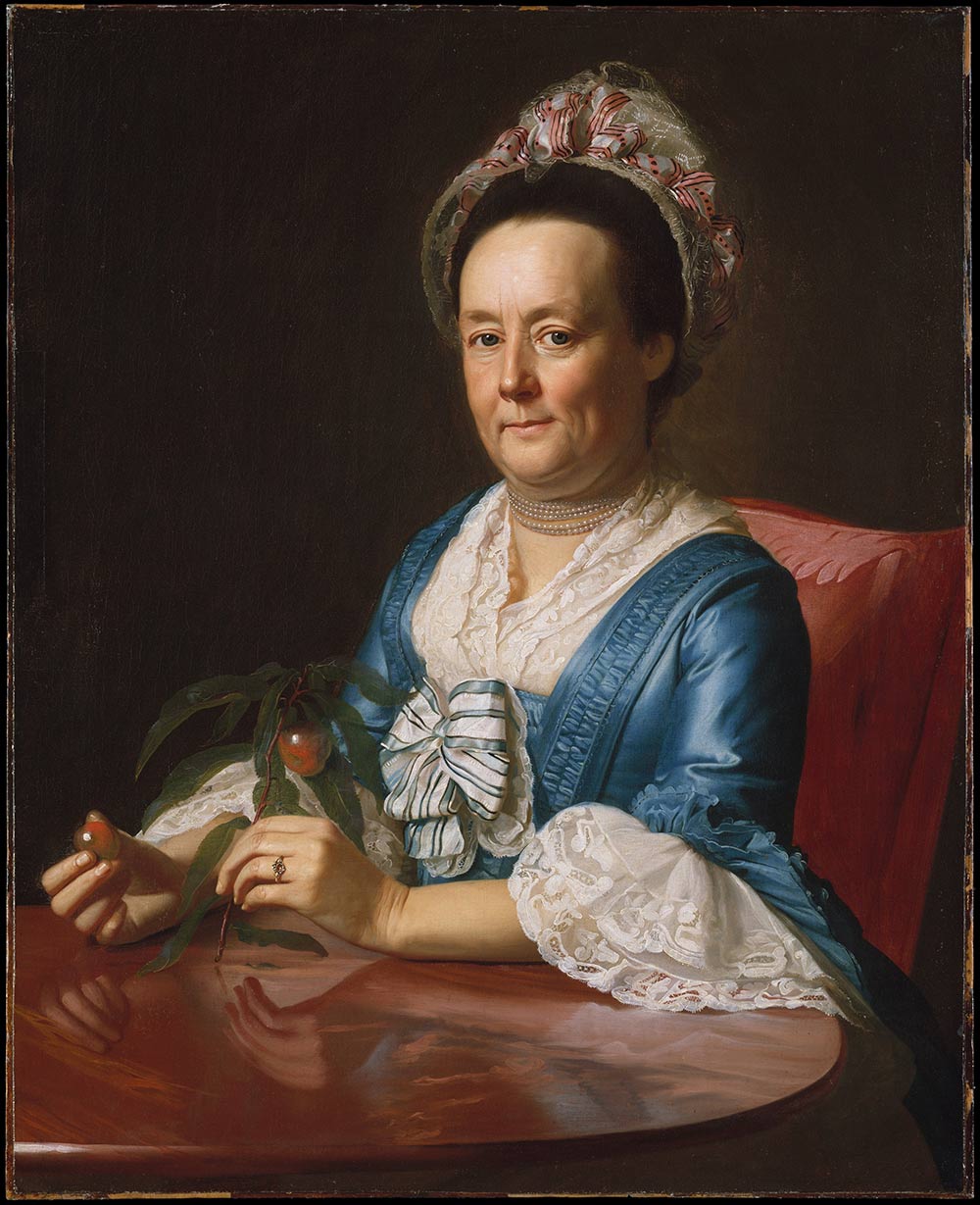“A See becoming Vacant in a Sudden Surprising manner”
On 20 December the Newport minister finally heard the cause, as he set down in his diary:
Mr. [William?] Ellery left Cambridge last Friday: he tells me that the Week before, President Locke resigned the Presidency of Harv. College, alledging two Reasons.Despite the nod to a claim that Locke was resigning only because of an “evil Report” about him, Stiles seems to have accepted that the president really had impregnated his maid.
1. Ill state of Health.
2. That his Usefulness was ruined by the evil Report raised & spread abroad about him. This was that his Maid was with Child by him.
He sent in this Resigno. from Sherburn, whereto he is removed. A most melancholly Event, & humbling Providence!
I’ve found one comment about this incident from a woman. Hannah Winthrop was wife of the college professor delegated to secure college property in the president’s house. On 1 Jan 1774, she wrote to her friend Mercy Warren as quoted here:
I have no news of a domestick kind to tell you, we go on in the same little peacefull Circle as usual Varied with alternate sickness & health, sometimes Amused, sometimes astonishd with Viewing Events which happen in the great World. Here, beholding a See becoming Vacant in a Sudden Surprising manner. but it is best for one so near the seat where Candor ought to Reign, to draw a Veil over what the Delinquent tenderly Calls Human imperfections. I know you join me in earnest wishes that it may be filld with a person who may do Honor to the Station.Harvard was already drawing a veil over a painful subject. Indeed, the college and its supporters did such a good job of keeping the “Sudden Surprising” news about Locke out of print that it wasn’t until Stiles’s diary entry was published in 1901 that historians knew about it.
Well, the Harvard librarian John Langdon Sibley (1804–1885) filed a recollection of the event from a Harvard student. And Winthrop Sargent (1792–1874) must have read John Andrews’s postscript about it, quoted yesterday, when he published other parts of the same letter. Surely other researchers had seen those sources and others. But nothing about the affair appeared in print.
No evidence appears to have survived about Locke’s housekeeper. The vital records of Cambridge list a girl named Hannah Lock, baptized at some unspecified time in 1773, with no named parents. Was this the president’s newborn daughter? Likewise, a Hannah Lock died of consumption in Cambridge on 19 Nov 1809, with no further information about her in that record.
COMING UP: Wedlock.


